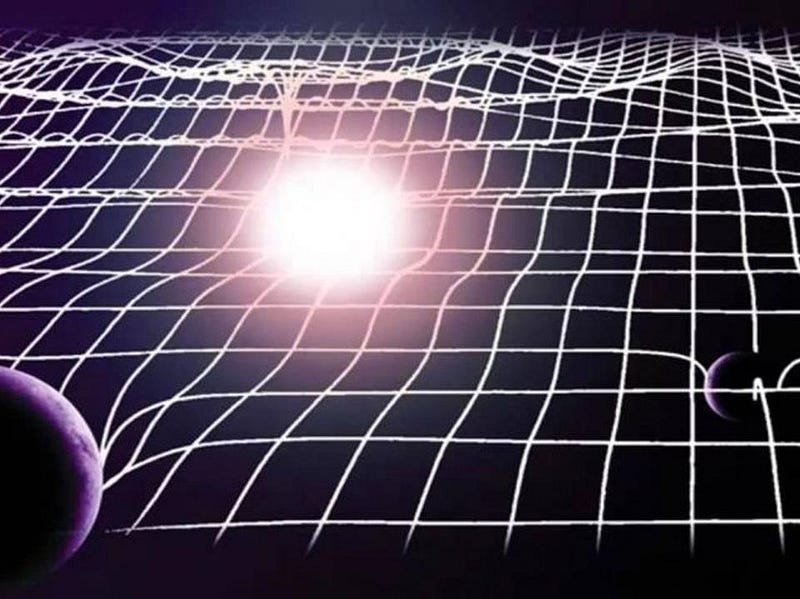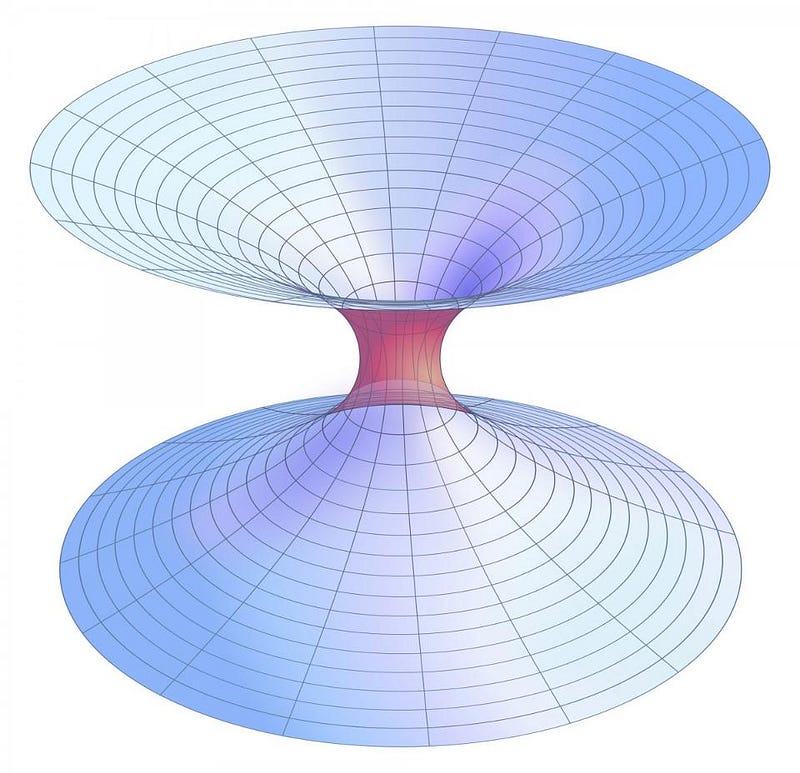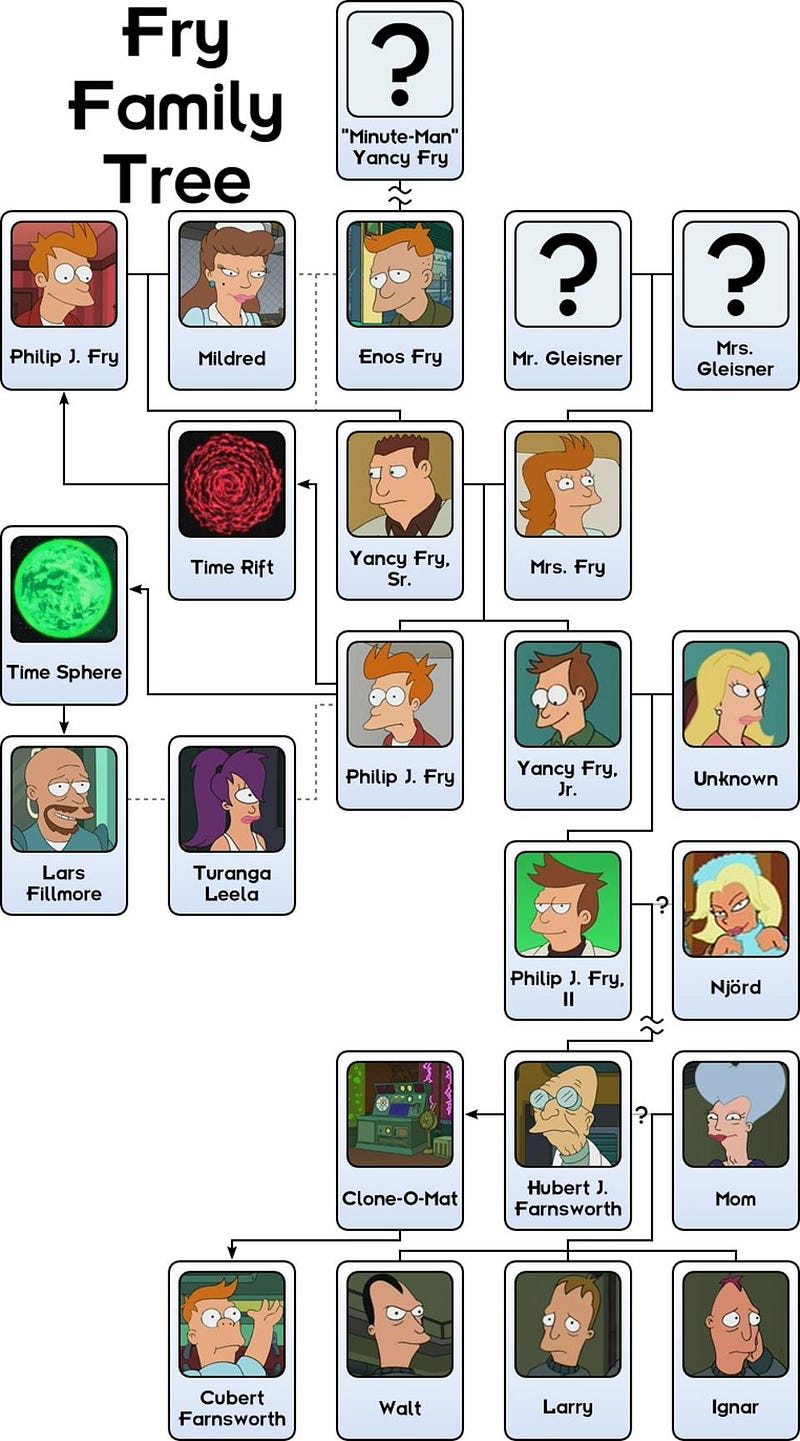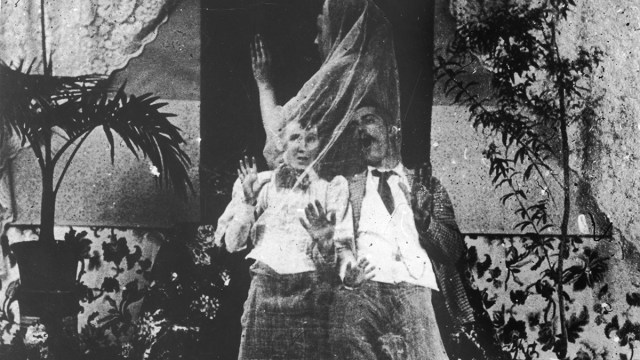Is time travel possible, according to science?

Forwards? Absolutely. Backwards? Perhaps. Becoming your own grandpa? Only if you’re Philip J. Fry…
“One of the great things about music is that it has the capability of time travel — you smell a certain smell in the room and it takes you back to your childhood. I feel like music is able to do that, and it happens to me all the time.” –M. Ward
Have you ever dreamed of traveling through time? Not at the standard, “boring” rate that we normally do — at one second per second — but either:
- faster, so that you wound up far into the future while remaining the same age,
- slower, so that you could accomplish much more than anyone else over the same interval,
- or backwards, so you could return to an era in the past and alter it, perhaps changing the future or even the present?
This might seem like out-and-out science fiction, but not all of it belongs to the “fiction” category: traveling through time is the one thing in science that you can’t help yourself from doing no matter what you do! The question is how much you can manipulate it for your own ends, and control your motion through time.

When Einstein put forth special relativity in 1905, the understanding that every massive object in the Universe must travel through time was just one of its astounding implications. For another, we learned that photons — or any massless particle, for that matter — cannot experience time at all in their frame of reference: from the instant one is emitted to the instant it’s absorbed, only massive observers (like us) can see the passage of time. From the photon’s reference frame, the entire Universe in its direction-of-travel contracts down to a single point, and absorption and emission happens all at the same time: instantaneously.

But we have mass. And for anything that has mass, you’re limited to always travel at less than the speed of light in a vacuum. Not only that, but no matter how fast you’re moving relative to anything else — whether you’re accelerating or not — you’ll always perceive light to be moving at that one constant speed: c, the speed of light in a vacuum. This is a powerful observation and realization, and it comes with a fascinating consequence: if you observe someone in motion relative to you, their clock will appear to run slow.
Imagine a “light clock,” or a clock that works on the principle of light being bounced back-and-forth in the up-and-down direction between two mirrors. The faster the person in motion moves relative to you, the more the light’s velocity will move in that transverse (across) direction, rather than in the up-and-down direction, and hence the slower their clock will appear to run.

By the same token, your clock will appear to move slow with respect to them; they’ll see time passing more slowly for you! Clearly this can’t be the case for both of you: when the two of you get together again, one of you will be older and one will be younger.
Which one?
That’s the nature of the Einstein “twin paradox” problem. The short answer: assuming you started off in the same frame of reference (at rest on Earth, for example), and you wind up in that same frame of reference at a later time, the person who did the traveling will have aged less, having had time pass at the “slow” rate, while the person who remained at home will have had time pass at the “normal” rate.

So if you want to travel ahead in time quickly, just accelerate to a fast (near-light) speed, move at that speed for some time, and then come back to rest at your initial location. (This will involve some turning around!) Do that, and you can — depending on the theoretical quality of your equipment — travel days, months, decades, eons, or billions of years into the future!
You can witness the evolution and destruction of humanity; the end of the Earth and Sun; the dissociation of our galaxy; the heat death of the Universe itself. So long as you have enough power in your space ship, you can travel as far into the future as you like.

But backwards is another story. Simple Special Relativity, or the relationship between space and time on a basic level, was enough to get us into the future. But if we want to go back — or into the past — we’ll need to go to General Relativity, or the relationship between spacetime and matter and energy. In this case, we treat space and time as an inseparable fabric, and matter and energy is what warps it, or causes changes in that fabric itself.
For our Universe as we know it, spacetime is pretty boring: it’s almost perfectly flat, barely curved at all, and in no way, shape or (discernible) form loops back on itself.

But in some model Universes — in some solutions to Einstein’s General Relativity — you can loop back on yourself. If space loops back on itself, you can travel in one direction for a long, long time, and wind up right back where you started: a consequence of a closed Universe.
Well, you can not only have solutions with closed space-like curves, but you can have spacetimes with closed time-like curves as well. A closed time-like curve implies that you can literally travel back in time, live through certain conditions, and arrive back at the same point you departed from.

But that’s a mathematical solution; does that mathematics describe our physical Universe, though? It appears not to be the case. The curvatures and/or discontinuities we’d need our Universe to have are wildly incompatible with what we observe, even near neutron stars and black holes: the most extreme examples of curvature in our Universe.
Our Universe could be rotating on a global scale, but observed limits on rotation are some 100,000,000 times too stringent to admit the closed time-like curves we’re craving. If you want to go forward in time, a souped-up DeLorean — assuming “souped-up” means relativistic — will get you there, as will a souped-up train, which was Einstein’s initial idea!

But going backwards? Perhaps it’s better that you can’t go back in time, prevent your father from marrying your mother, and creating a time paradox.

Futurama aside, the idea of traveling backwards in time will likely continue to fascinate humanity, but that half of time travel — the “back” half — will almost certainly remain a fiction eternally into the future. It’s not mathematically impossible, but the Universe is based in physics, which is a special subset of mathematical solutions. Based on what we’ve observed, our dreams of correcting our mistakes by going to the past will likely exist in our imaginations alone.
Enjoy an even more in-depth discussion of time travel on the latest episode of the Starts With A Bang podcast, now available for listening and download anywhere you go!
Starts With A Bang is based at Forbes, republished on Medium thanks to our Patreon supporters. Order Ethan’s first book, Beyond The Galaxy, and pre-order his next, Treknology: The Science of Star Trek from Tricorders to Warp Drive!





